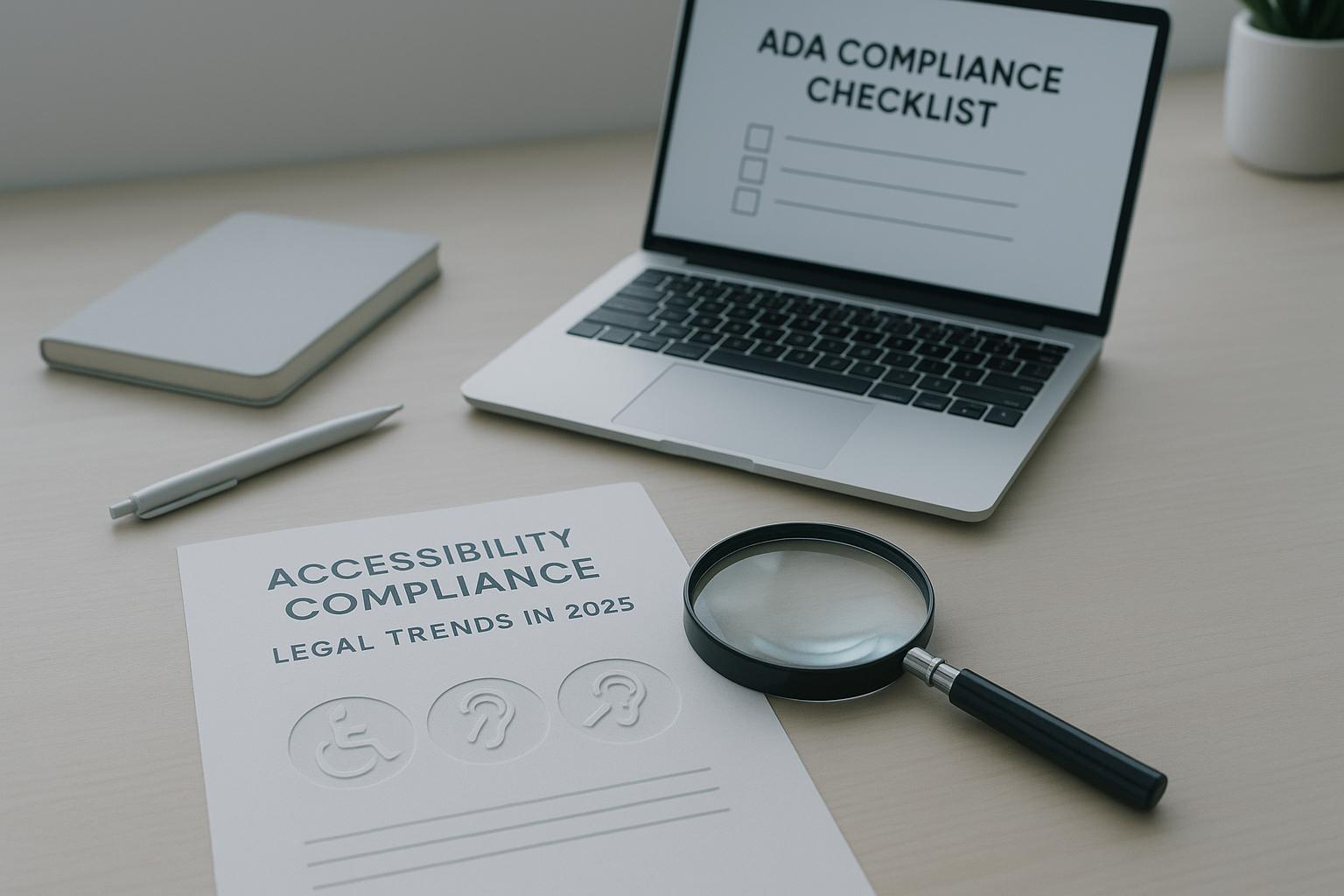Collaborative patent licensing enables companies to share intellectual property (IP) and work together to drive innovation. By accessing new technologies, reducing costs, and accelerating product development, collaborative licensing offers significant advantages:
- Access New Technologies: Companies can leverage external innovations, reducing risks and costs of internal R&D.
- Reduce Costs: Shared IP minimizes expenses associated with innovation and allows efficient resource allocation.
- Accelerate Innovation: Collaboration facilitates the rapid development of new products and services.
Effective collaborative licensing requires:
| Best Practices | Description |
|---|---|
| Governance | Define roles, decision processes, goals |
| Aligned Incentives | Ensure fair risk/reward sharing, common objectives |
| Layered Licensing | Layer multiple licenses for comprehensive innovation framework |
While offering immense benefits, collaborative licensing also presents challenges:
| Challenge | Solution |
|---|---|
| IP Control | Establish IP ownership, usage boundaries, access controls |
| Antitrust Concerns | Conduct antitrust analysis, set guidelines, monitor conduct |
| Fair Licensing | Implement FRAND principles for fair, reasonable, non-discriminatory terms |
By understanding collaborative patent licensing models, advantages, best practices, and potential pitfalls, companies can unlock the full potential of open innovation and drive growth in their respective industries.
Related video from YouTube
Explaining Collaborative Patent Licensing
Collaborative patent licensing is a key part of open innovation, allowing companies to share their intellectual property (IP) and work together to drive innovation. In this section, we’ll explore the concept of collaborative patent licensing, its benefits, and how it facilitates open innovation.
What is Collaborative Patent Licensing?
Collaborative patent licensing involves sharing patents and IP between companies. This approach enables companies to access new technologies, reduce costs, and accelerate innovation. By sharing IP, companies can overcome the limitations of their internal resources and expertise, leading to the development of new products and services.
How Patent Licensing Supports Open Innovation
Patent licensing plays a vital role in open innovation by facilitating the sharing of IP between companies. This approach enables companies to access new technologies and innovations, reducing the risks and costs associated with internal development.
| Benefits of Patent Licensing | Description |
|---|---|
| Access to new technologies | Companies can access new technologies and innovations, reducing the risks and costs associated with internal development. |
| Reduced costs | Patent licensing can reduce the costs associated with innovation, allowing companies to allocate resources more efficiently. |
| Accelerated innovation | By sharing IP, companies can accelerate innovation, leading to the development of new products and services. |
Real-World Examples
There are several examples of successful collaborative patent licensing initiatives. For instance, the Open Invention Network (OIN) is a collaborative effort between companies to share patents and reduce the risk of patent litigation. Another example is the licensing initiative launched by a major tech company, which allows other companies to access its patented technologies and accelerate innovation in the industry.
By embracing collaborative patent licensing, companies can unlock the full potential of open innovation, driving growth and competitiveness in their respective industries. In the next section, we’ll explore the advantages of collaborative licensing in open innovation.
Advantages of Collaborative Licensing in Open Innovation
Collaborative patent licensing offers several benefits for companies that adopt open innovation. By sharing intellectual property (IP) rights, companies can accelerate innovation, reduce costs, and improve interoperability across different technologies and platforms.
Boosting Innovation Through Shared IP
Collaborative patent licensing enables companies to access new technologies and innovations, reducing the risks and costs associated with internal development. This approach fosters a culture of collaboration, encouraging companies to work together to drive innovation.
| Benefits of Shared IP | Description |
|---|---|
| Access to new technologies | Reduce risks and costs associated with internal development. |
| Reduced costs | Allocate resources more efficiently. |
| Accelerated innovation | Develop new products and services. |
Case Study: A Tech Company’s Licensing Approach
A prominent tech company has successfully implemented a collaborative patent licensing approach, allowing other companies to access its patented technologies and accelerate innovation in the industry. This approach has led to the development of new products and services, improving the overall competitiveness of the industry.
Improving Interoperability with Collaborative IP
Collaborative patent licensing plays a crucial role in achieving interoperability across different technologies and platforms. By sharing IP, companies can ensure that their products and services are compatible with those of other companies, improving the overall user experience.
By adopting collaborative patent licensing, companies can unlock the full potential of open innovation, driving growth and competitiveness in their respective industries. In the next section, we’ll explore different models of collaborative licensing and their benefits.
sbb-itb-738ac1e
Different Models of Collaborative Licensing
Collaborative licensing takes various forms, each with its unique structure and applications. This section explores the different models of collaborative licensing, their benefits, and real-world examples.
How Patent Pools Work and Their Benefits
A patent pool is a consortium of companies that agree to cross-license patents relating to a specific technology. This arrangement simplifies the licensing process and reduces transaction costs.
| Patent Pool Benefits | Description |
|---|---|
| Simplified licensing | Streamline the licensing process for multiple patents. |
| Reduced transaction costs | Minimize administrative burdens and costs associated with individual licenses. |
| Standardization | Promote interoperability across different technologies and platforms. |
The Role of Clearinghouses in IP Management
Clearinghouses simplify patent rights management, facilitating open innovation and reducing transaction costs. These entities act as intermediaries, aggregating patents from various owners and offering a single license point for multiple patents.
Strategic Licensing for Collaborative Projects
Strategic licensing approaches are essential for collaborative projects, enabling companies to share intellectual property and accelerate innovation. This model involves careful planning, negotiation, and governance to ensure that all parties involved benefit from the collaboration.
By understanding the different models of collaborative licensing, companies can adopt the most suitable approach for their specific needs, driving innovation and growth in their respective industries.
Best Practices for Collaborative Licensing
Effective collaborative licensing requires careful planning, negotiation, and governance to ensure successful partnerships and innovation outcomes. In this section, we’ll explore best practices for collaborative licensing, including effective governance, aligning incentives, and layered licensing.
Effective Governance for Collaborative Licensing
Establishing a clear governance structure is crucial for collaborative licensing arrangements. This involves defining roles and responsibilities, decision-making processes, and dispute resolution mechanisms.
| Governance Best Practices | Description |
|---|---|
| Define clear roles and responsibilities | Ensure each party understands their obligations and expectations. |
| Establish a decision-making process | Define a process for making decisions, including voting procedures and dispute resolution mechanisms. |
| Set clear goals and objectives | Align all parties towards common goals and objectives. |
Aligning Incentives for All Parties
Aligning incentives is critical to ensure that all parties in a collaborative licensing agreement are motivated towards common goals. This involves understanding each party’s interests, needs, and expectations.
Incentive Alignment Strategies
- Share risks and rewards fairly among all parties
- Establish clear goals and objectives that benefit all parties
- Provide incentives for collaborative behavior, such as joint research and development
Layered Licensing: A Strategic Approach
Layered licensing is a strategic approach to managing collaborative innovation efforts. This involves layering multiple licenses to create a comprehensive framework for innovation.
Layered Licensing Benefits
| Benefits | Description |
|---|---|
| Simplifies licensing processes | Streamline the licensing process for multiple patents. |
| Reduces transaction costs | Minimize administrative burdens and costs associated with individual licenses. |
| Promotes interoperability | Ensure compatibility across different technologies and platforms. |
By following these best practices for collaborative licensing, companies can ensure successful partnerships, drive innovation, and achieve their goals.
Challenges in Collaborative Licensing
Collaborative patent licensing can be complex and presents several challenges. In this section, we’ll discuss the potential challenges and strategies for overcoming them to maintain effective collaborations.
Maintaining Control Over Shared IP
When multiple parties share IP, there’s a risk of losing control over the innovation. To mitigate this risk, it’s essential to establish clear guidelines and agreements that define the scope of IP sharing, usage, and protection.
| IP Control Strategies | Description |
|---|---|
| Define IP ownership | Establish who owns the IP and under what conditions it can be shared or used. |
| Set IP use boundaries | Clearly define how the shared IP can be used, modified, or distributed. |
| Implement access controls | Establish secure access controls to prevent unauthorized access or use of shared IP. |
Preventing Anticompetitive Behavior
Collaborative patent licensing agreements can raise antitrust concerns if they result in anticompetitive behavior. To prevent this, it’s crucial to ensure that the agreements comply with antitrust laws and regulations.
| Antitrust Compliance Strategies | Description |
|---|---|
| Conduct antitrust analysis | Analyze the agreement’s potential impact on competition and identify potential antitrust risks. |
| Establish clear guidelines | Define clear guidelines for competitive behavior and ensure all parties understand their obligations. |
| Implement monitoring mechanisms | Establish mechanisms to monitor and detect anticompetitive conduct. |
Fair Licensing: FRAND Principles
Fair, reasonable, and non-discriminatory (FRAND) licensing principles are essential in collaborative patent licensing agreements. FRAND principles ensure that licensing terms are fair, reasonable, and non-discriminatory.
| FRAND Principles | Description |
|---|---|
| Fair licensing terms | Ensure licensing terms are fair and reasonable for all parties involved. |
| Non-discriminatory royalties | Establish royalties that are non-discriminatory and reasonable for all parties. |
| Dispute resolution mechanisms | Establish clear dispute resolution mechanisms to resolve licensing disputes. |
By understanding and addressing these challenges, companies can ensure successful collaborative patent licensing agreements that drive innovation and growth.
Conclusion: The Future of Collaborative Patent Licensing
Collaborative patent licensing is a crucial part of open innovation, allowing companies to share knowledge, reduce costs, and accelerate innovation. By understanding the benefits and challenges of collaborative licensing, businesses can navigate the complexities of patent law and foster a culture of cooperation.
The Importance of Collaboration
In today’s fast-paced technological landscape, collaborative patent licensing will become increasingly important. Companies must be willing to adapt and evolve their licensing strategies to stay ahead of the curve.
Resources for Further Learning
For those seeking to learn more about collaborative patent licensing and its applications, we recommend exploring the resources provided by organizations such as the Open Innovation Network and the Licensing Executives Society. These organizations offer valuable information, guidance, and expertise on the topic.
The Future of Open Innovation
By embracing collaborative patent licensing and open innovation, companies can create a brighter future for themselves, their customers, and the wider business community.
| Benefits of Collaborative Patent Licensing | Description |
|---|---|
| Shared knowledge | Reduce costs and accelerate innovation |
| Improved cooperation | Foster a culture of cooperation among companies |
| Increased competitiveness | Drive growth and competitiveness in respective industries |
By understanding the benefits and challenges of collaborative patent licensing, businesses can unlock the full potential of open innovation and drive progress in their industries.

